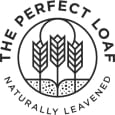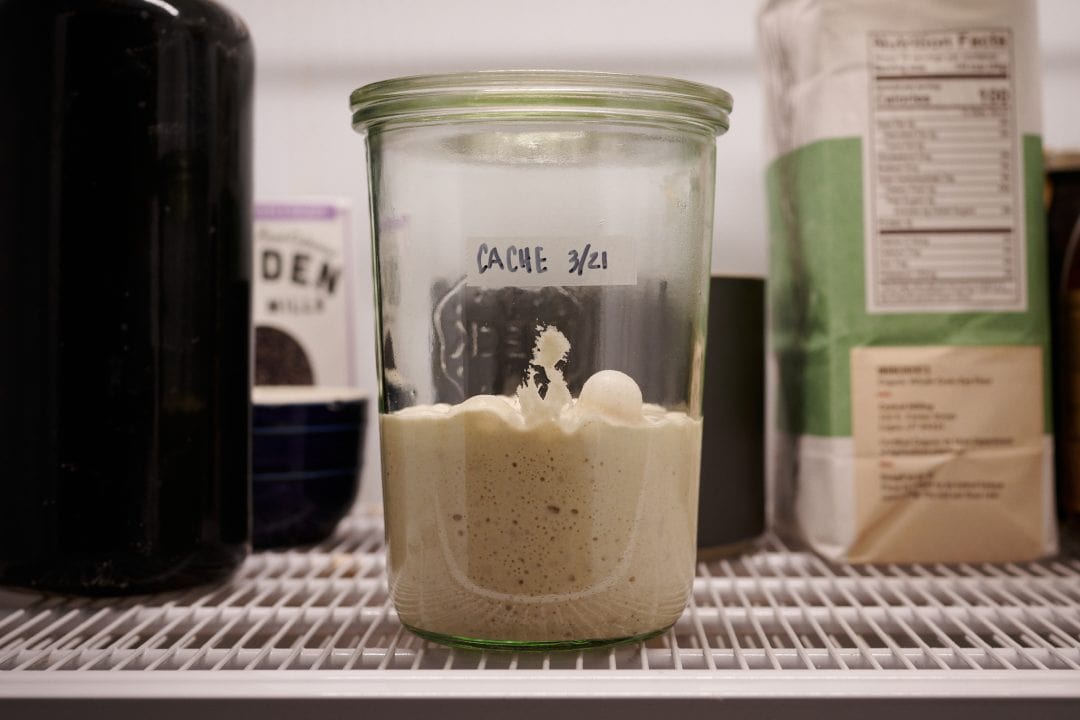One sleepy morning many years ago I sauntered into the kitchen, opened the fridge, and after a blast of wake-the-heck-up cold air, I saw a jar of sourdough starter I put in the day before. Due to life circumstances, I couldn’t bake with it, and in an attempt to always avoid waste, I put it in the fridge. Well, at that moment, it dawned on me that keeping a jar of discard in the fridge at all times might actually be a good idea—a sourdough starter cache to draw from when I needed it.
Mind you, I’m not a fan of using sourdough starter straight from the fridge. It’s far too cold, making it a hostile environment for the bacteria and yeasts inhabiting a culture. Over the years, I’ve tried keeping my starter in the fridge and using it for baking an easy, standard sourdough loaf that day, but the resulting bread didn’t compare to a well-fed and maintained starter with all its room temperature-vigor.
But for those days when you’re not baking long-fermented bread or pastry, sourdough starter discard from the fridge cache is perfect. You get all the flavor created through long fermentation, the convenience of having it ready in the fridge, and you avoid wasting sourdough starter to boot. Such a starter-stockpile will stay the most fresh for about two weeks, and it’s the perfect place to draw from for sourdough starter discard cookies, scones, a tart lemon loaf, or pie crust.
Real quick, why is a sourdough starter discard cache useful?
- It’s a quick place to turn for starter discard, always at the ready
- It helps avoid waste by saving starter that would normally be thrown away
- Discard has lots of flavor, might as well put it to good use
- It’s easy!
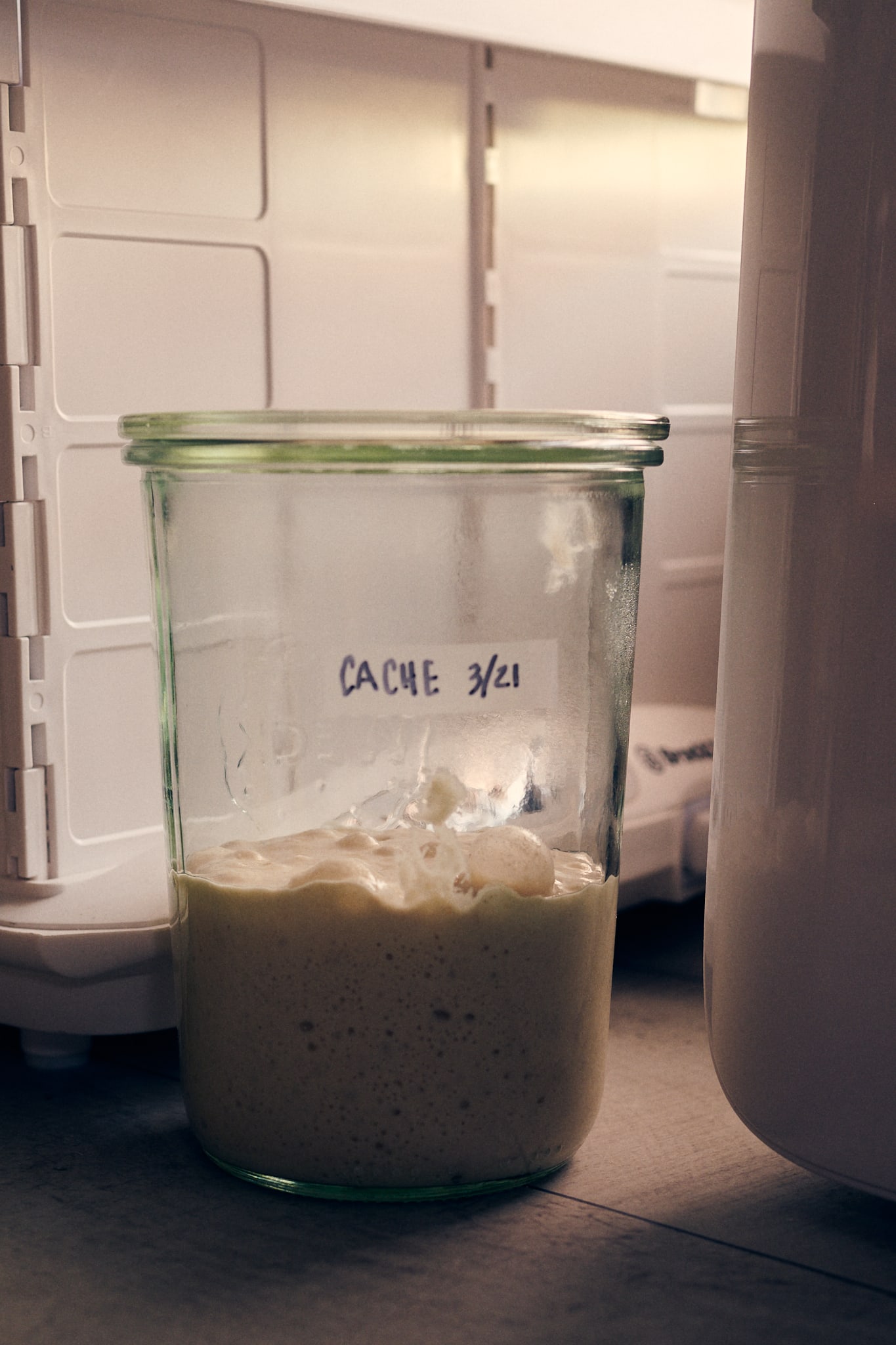
What is a Sourdough Starter Discard Cache?
I call this a “sourdough starter cache” as a tongue-in-cheek reference to my software engineering days. In computer science, a cache stores data that can later be quickly accessed from the fast cache instead of slower hardware memory. I see a sourdough starter cache as exactly that: Keep a jar of accumulated discard in the fridge and pull from it when you need quick access to a flavor boost in whatever you’re baking.
But also, the cache serves as a means for reducing waste. Sourdough starter discard that might have otherwise gone into the compost or trash goes into the cache, instead.
How Soon After Creating My Starter Can I Make a Discard Cache?
If you’ve just created your sourdough starter, wait until it’s reliably rising and falling each day with signs of fermentation—some rise, bubbles, a progressive sour aroma—before storing discard in your cache. Consistent signs of fermentation each day signal that your starter has a stable mix of good bacteria and yeasts.
How to Keep Sourdough Starter Discard in the Fridge
Starting with a clean jar, put a piece of tape on the side and write the date two weeks into the future (officially the “expiration date”; see explanation below). Then, every day you feed your starter, instead of putting the discard in the compost, add it to the jar, place the lid on top, and put it back into the fridge. Weigh out some discard from this jar whenever you need to use some in a sourdough starter discard recipe and put the covered jar back into the fridge.
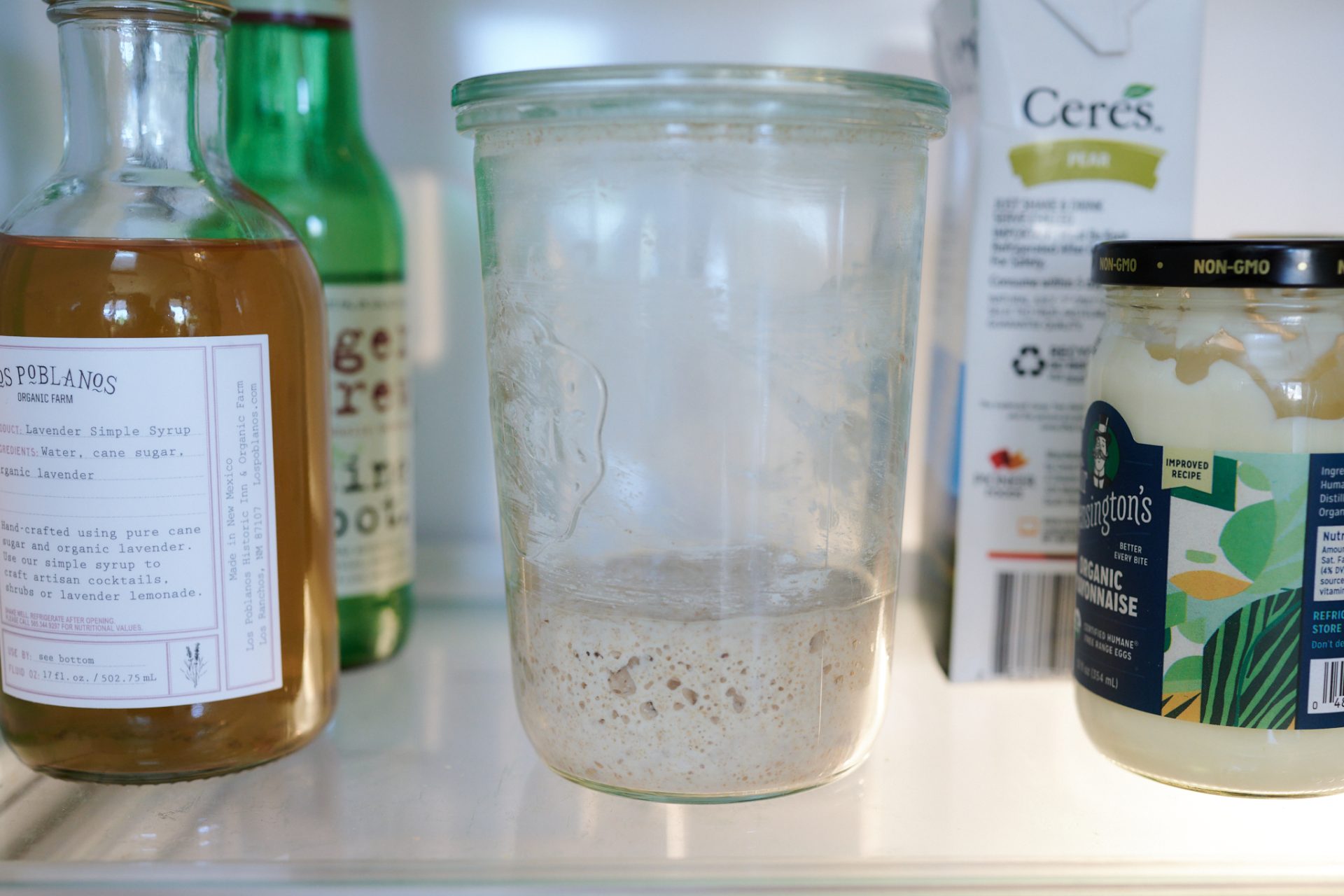
How Long Can I Keep Sourdough Starter Discard?
Generally, I keep my sourdough discard cache for up to 2 weeks. Theoretically, you could keep it for far longer, even up to a month, but I’ve found that after this time, the mixture starts to separate, get overly acidic, and the jar sometimes gets a little funky overall.
After 2 weeks, try to use all the discard in the jar. If any is left, scrape it into your compost bin, clean the jar, and prepare it again for a new cycle.
Can I Use Sourdough Starter Discard to Make Bread?
I don’t recommend using starter discard from the fridge to make sourdough bread. Why? The discard could be sitting in the fridge for several days, up to 2 weeks, which is far too long without feeding in an environment that’s too cold. The mixture is likely overly acidic and won’t be properly balanced—in terms of bacteria and yeast populations—for leavening dough.
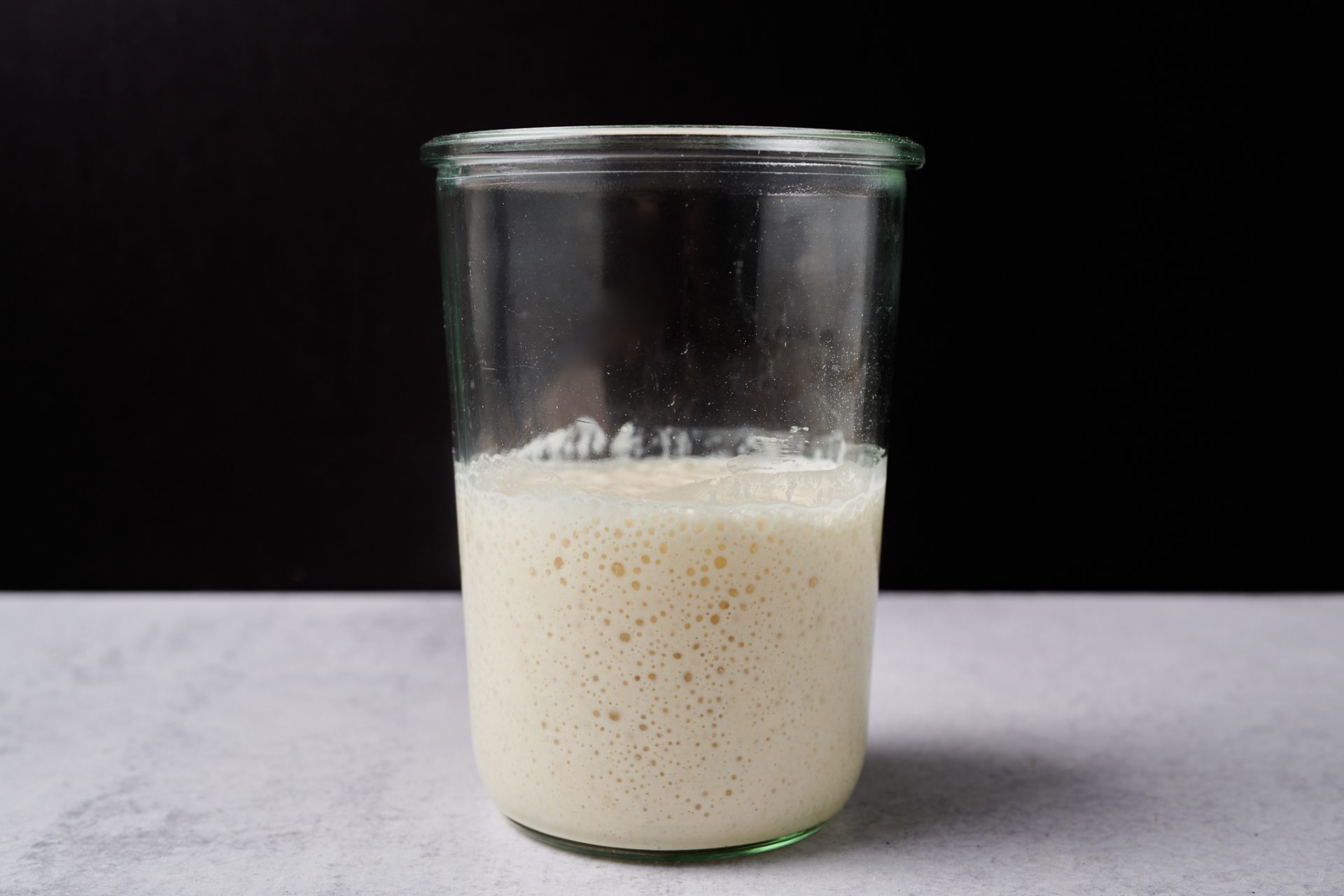
My Favorite Container to Hold Sourdough Starter Discard
Just like with my sourdough starter, my favorite container to keep starter discard in the fridge is a 3/4 liter glass Weck jar. I like that these jars are glass (acidic stuff in plastic is a turn-off for me) and very strong. Plus, I use them for just about anything in my kitchen anyway.
See more about why I love Weck jars and why they’re perfect for your starter and discard →
See How I Feed My Sourdough Starter
In the video below, you’ll see how I feed my sourdough starter and how the discard can be collected and saved in your starter cache.
Use Your Starter Cache: Sourdough Starter Discard Recipes
The following recipes are the perfect place to pull from your sourdough starter discard cache and use it straightaway.
Sourdough Starter Discard Cache FAQs
Can I keep sourdough starter discard in the fridge?
Yes! Using a sourdough starter cache, as I like to call it, is a way to store starter discard through the week or two and use it in recipes when convenient.
Can I keep my sourdough starter discard at room temperature?
The longer the sourdough starter discard sits at room temperature, the more acidic it becomes until the mixture becomes inhospitable for microbes to function. At warm room temperature, this happens quickly compared to the cooler temperatures inside the refrigerator. I would say after 3 to 4 days, it would become overly acidic, begin to separate, and have a pungent nail polish-like aroma. Too much of a good thing.
What if I think I see mold on my starter discard cache?
If you see white fuzzy, pink, or green in your starter discard cache, you’ve kept it too long (be sure to write an expiration date on the jar!). I would throw out the entire cache and create a new one. Thankfully, this isn’t your main sourdough starter and simply just a collection of discard—no harm done.
What’s Next?
See our guide to sourdough starters to learn everything you need to know about creating, maintaining, and using your sourdough starter in your baking.
